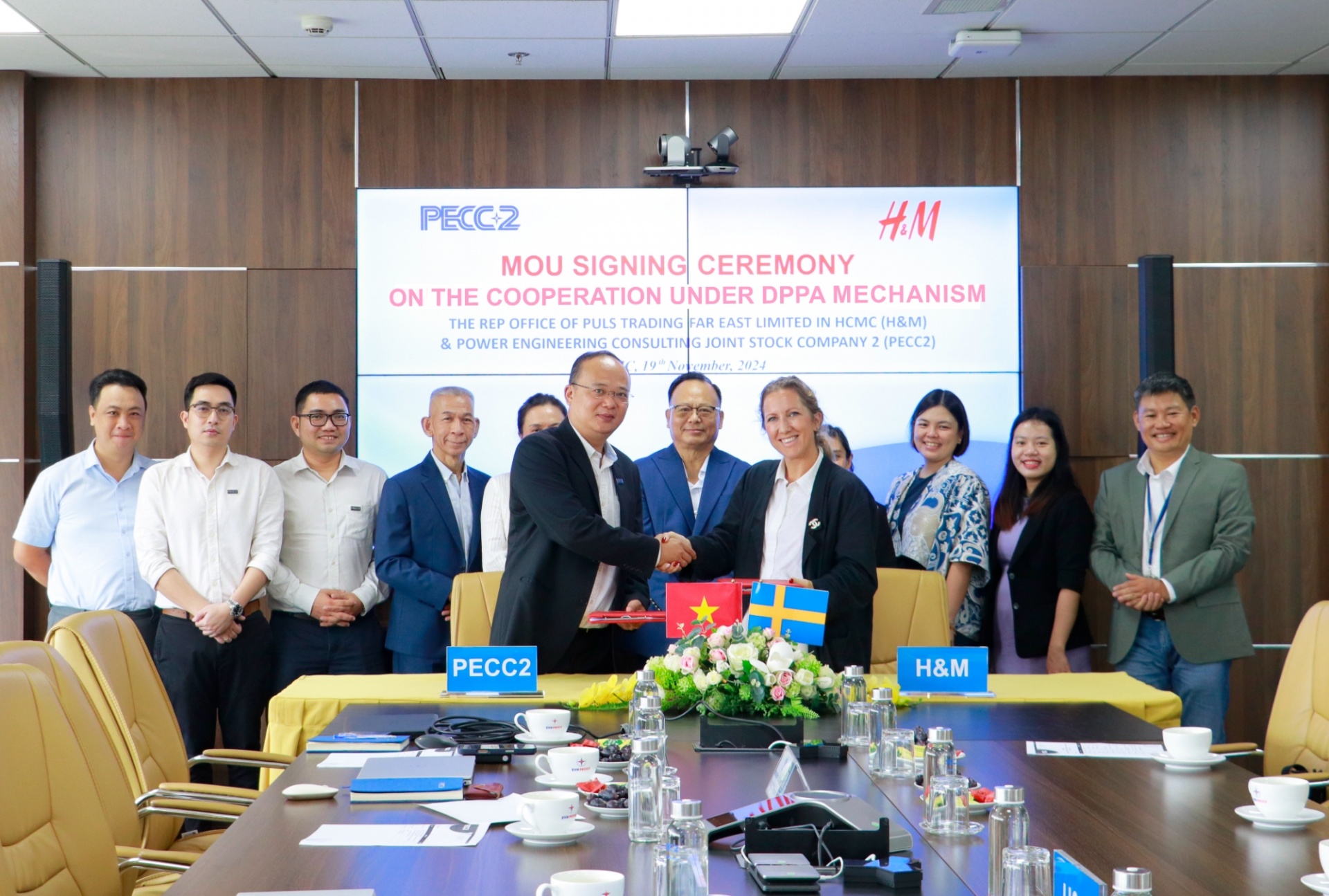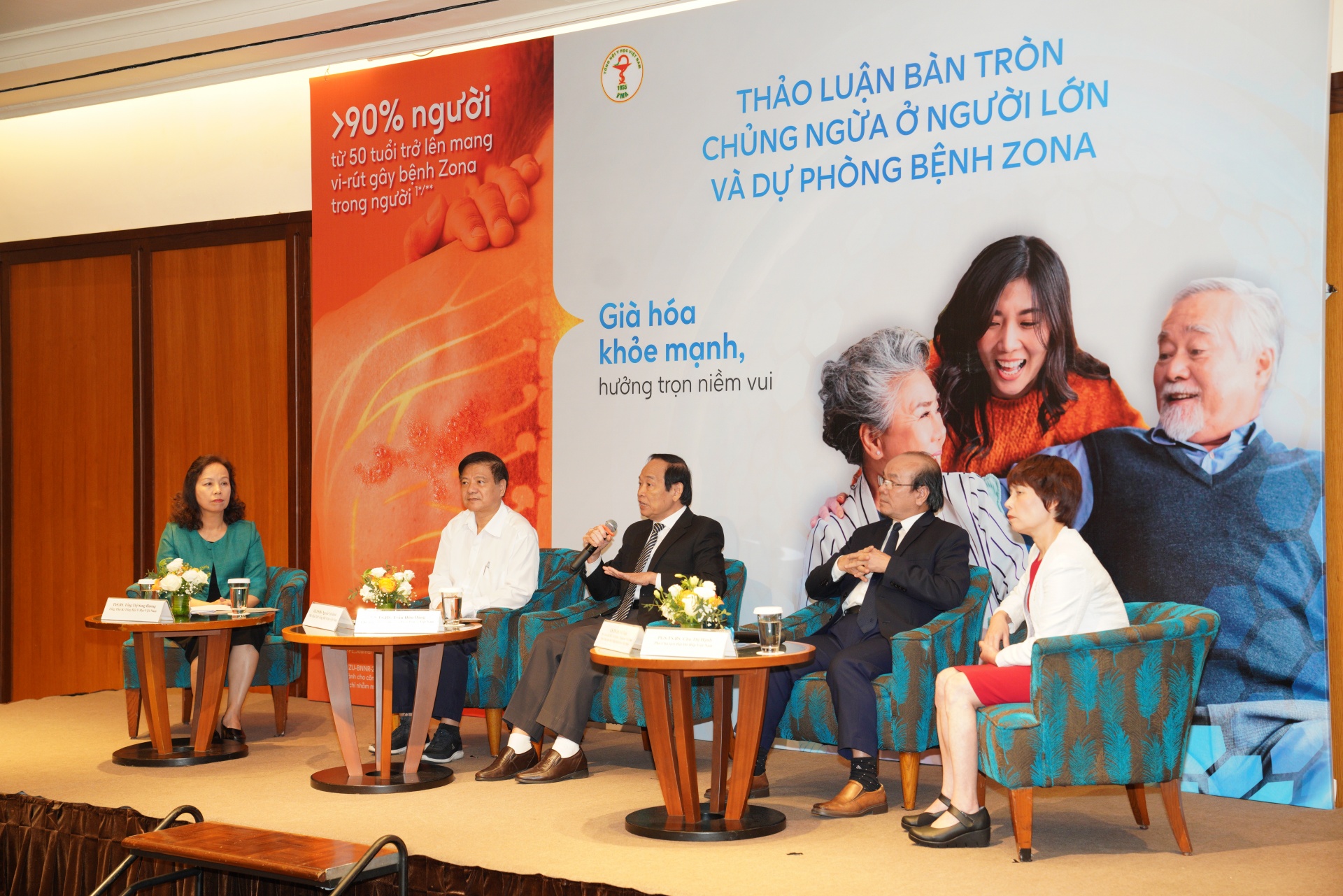WWF tra fish claims just a red herring
 |
| Vietnam’s aquaculture industry regularly comes under international attack |
The Ministry of Agriculture and Rural Development (MARD) and Vietnam Association of Seafood Exporters and Producers (VASEP) last week requested WWF to ask its member European units to re-consider their assessments of made-in-Vietnam tra fish. Those agencies were also asked to correct their assertions in the 2010-2011 Seafood Guides for consumers in Germany, Austria, Switzerland, Belgium, Norway and Denmark.
Recently, WWF branches in these six European countries blacklisted Vietnam’s tra fish in the red list of WWF’s 2010-2011 Seafood Guides in their countries. The red list contains the names of products that conscientious consumers should shun.
The fish used to be in the yellow list, in which the WWF recommends consumers purchase yellow-listed items only as alternatives to species on the green list, in which products deemed good for the environment.
“These WWF branches are intentionally causing difficulties for Vietnam. Their information is quite groundless and goes against Vietnam’s tra fish farming which is in line with the highest international standards about responsible seafood farming,” said VASEP vice chairman Nguyen Huu Dung.
Many European famous groups and companies like Findus and Birds Eye Iglo said the WWF move could hurt tra fish consumers and importers in Europe, which imported 184,360 tonnes, or 36.8 per cent of Vietnam’s total tra fish exports in 2010’s first 10 months.
“The move could seriously affect Vietnam’s tra fish exports and also harm the commercial relations between Vietnam and European countries, while sinking dozens of thousands of tra farmers and factories workers into further difficulties. Such backward malevolent information can also lessen Vietnamese people and enterprises’ confidence towards the WWF,” Dung said.
Nguyen Van Ky, general director of An Giang Fisheries Import-Export Joint Stock Company - Vietnam’s sixth biggest tra fish exporter, said that WWF’s move was just a “bad trick”.
“We are not in fear of it, because it is quite groundless. European consumers still like tra fish because our tra fish is farmed under the Global Good Agricultural Practice (GAP),” Ky said.
MARD Deputy Minister Vu Van Tam said Vietnam was willing to provide all necessary information and evidence for WWF to examine how its tra fish was farmed and processed.
He said Vietnam supplied over 95 per cent of tra fish products to the world’s market. The fish was farmed in a clean environment, with high quality and nutrition and cheap prices preferred by European consumers.
To protect the tra fish industry, many fish farming areas in Vietnam have met the US Food Marketing Association’s SQF 1000CM management standards and Global GAP.
The standards aim to reassure tra fish consumers that the industry has a minimal detrimental environmental impact, limited use of chemicals and ensures worker health and safety and animal welfare.
In 2010’s first 10 months, the country shipped 538,200 tonnes of the fish products, worth $1.15 billion, to 124 countries and territories worldwide, including markets like the European Union, Australia, the US and Japan.
Last week, Vietnamese authorities received WWF’s information on its set of criteria about Vietnam’s tra fish. They, however, claimed the set was irrational.
Vietnam-based WWF director Tran Minh Hien said that WWF leadership would come to Vietnam this week to address the problem. They would physically work with the MARD and VASEP and visit Vietnam’s tra fish farms and examine the whole stages of processing, keeping and exporting the fish.
What the stars mean:
★ Poor ★ ★ Promising ★★★ Good ★★★★ Very good ★★★★★ Exceptional
Related Contents
Latest News
More News
- Mitsubishi Estate launches Logicross Hai Phong - a milestone in logistics evolution (November 20, 2024 | 14:32)
- Semiconductor workforce partnerships deliver industry-relevant training (November 20, 2024 | 10:58)
- German Quickpack to invest $31.7 million in Long An province (November 20, 2024 | 09:31)
- Foreign-invested enterprises drive logistics investment in the southeast region (November 20, 2024 | 09:27)
- Chile visit underscores trade benefits (November 19, 2024 | 10:00)
- Trump’s second term impacts sci-tech activities and industry 4.0 technologies (November 18, 2024 | 10:00)
- Vietnam eyes nuclear revival to bolster energy security (November 14, 2024 | 16:46)
- Kyokuyo completes $13.5 million seafood factory in Vietnam (November 14, 2024 | 12:19)
- VinFast receives $3.5 billion funding from Vingroup and Pham Nhat Vuong (November 14, 2024 | 06:38)
- Localities sprint to reach FDI targets (November 13, 2024 | 10:00)


 Tag:
Tag:



















 Mobile Version
Mobile Version